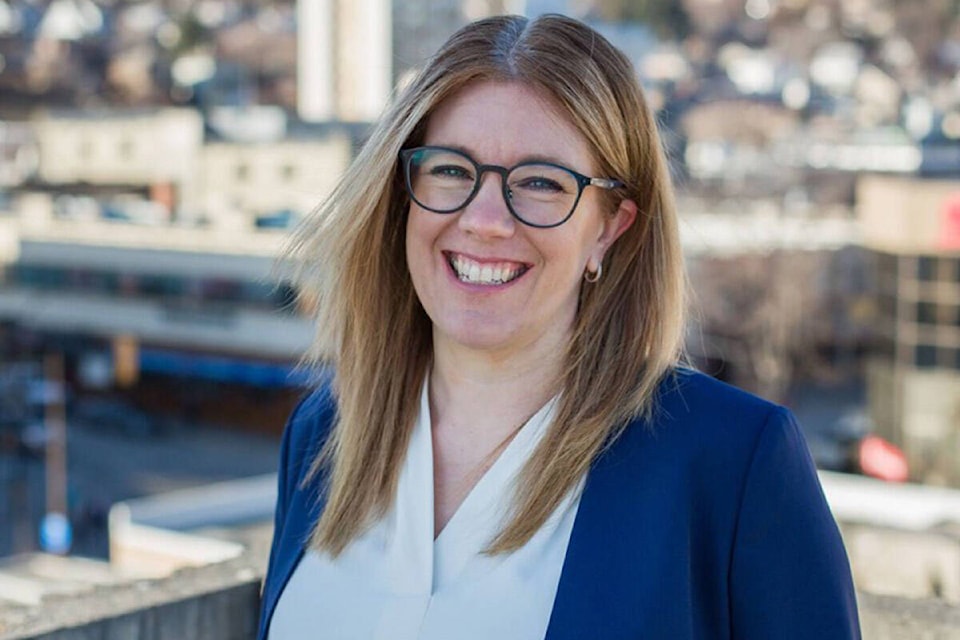It is important for spouses experiencing intimate partner violence to make a plan for safely exiting the relationship and learn how to apply for a protection order, according to a lawyer who oversees these cases.
Senior lawyer Odette Dempsey-Caputo leads the Elizabeth Fry Legal Clinic’s two locations in Kamloops and Kelowna. She visited Clearwater on Feb. 22 to facilitate an educational workshop on navigating family law when experiencing intimate partner violence in the context of a spousal or co-parenting relationship.
One of the biggest misconceptions people have is that intimate partner and family violence is always physical, Dempsey-Caputo told the Clearwater Times in an over-the-phone interview.
“I will never tell a client they are experiencing violence. What I will say to them is ‘what you are saying to me fits the legal definition of family violence.’”
Violence under The Family Law Act includes physical abuse, sexual abuse, attempted physical or sexual abuse, psychological and emotional abuse. Psychological and emotional abuse can look like threats, intimidation, stalking, harassment or coercion. It can also look like unreasonable restrictions of financial autonomy, she said.
Children witnessing violence covered by the Family Law Act is also considered family violence against them, Dempsey-Caputo added.
Safety plans to leave intimate partner violence are always individualized because different people will have different factors to consider, Dempsey-Caputo said.
For example, some people leaving a relationship that involves family violence also need to consider safety of children. The plan for bringing pets when a person leaves can often go overlooked, Dempsey-Caputo added.
Once a person is ready to leave, they can apply for a protection order.
“Protection orders are really not understood within our community. People do not always realize the limitations of protection orders,” Dempsey-Caputo said.
Protection orders can tell one spouse (including common-law spouses or non-married co-parents) they will be charged with an offense if they approach, follow or contact the other spouse. Protection orders can also apply to children, depending on the circumstances.
A family court issues a protection order, so protection orders cannot apply to relationships between a boyfriend and girlfriend who are not common-law spouses. For cases of intimate partner violence outside of spousal or co-parenting relationships, a person needs to ask for a peace bond under the Criminal Code because it is not a family law matter.
Another thing Dempsey-Caputo wants the public to understand is the importance of researching what a protection order application must show to be granted and finding help as needed.
“People will try to do it on their own, but then the information they give the courts is not enough to grant the protection order.”
A family law advocate is a community service worker who can help clients understand and fill out documents, while providing general support as a client attends court. Dempsey-Caputo’s legal clinic has an advocate, but also has a step-by-step guide to provide to people considering a protection order.
“We created a whole booklet about that,” she said. “We even provide an example of a filled-out form of a protection order, that shows how it would be done.”
Dempsey-Caputo said people can request the guide via the legal clinic via email: legalclinic@kamloopsefry.com.
Dempsey-Caputo’s legal clinic provides services in a variety of specializations including some family, employment and human rights legal issues. The legal clinic is one of the community services the local Elizabeth Fry Society branches provide.
